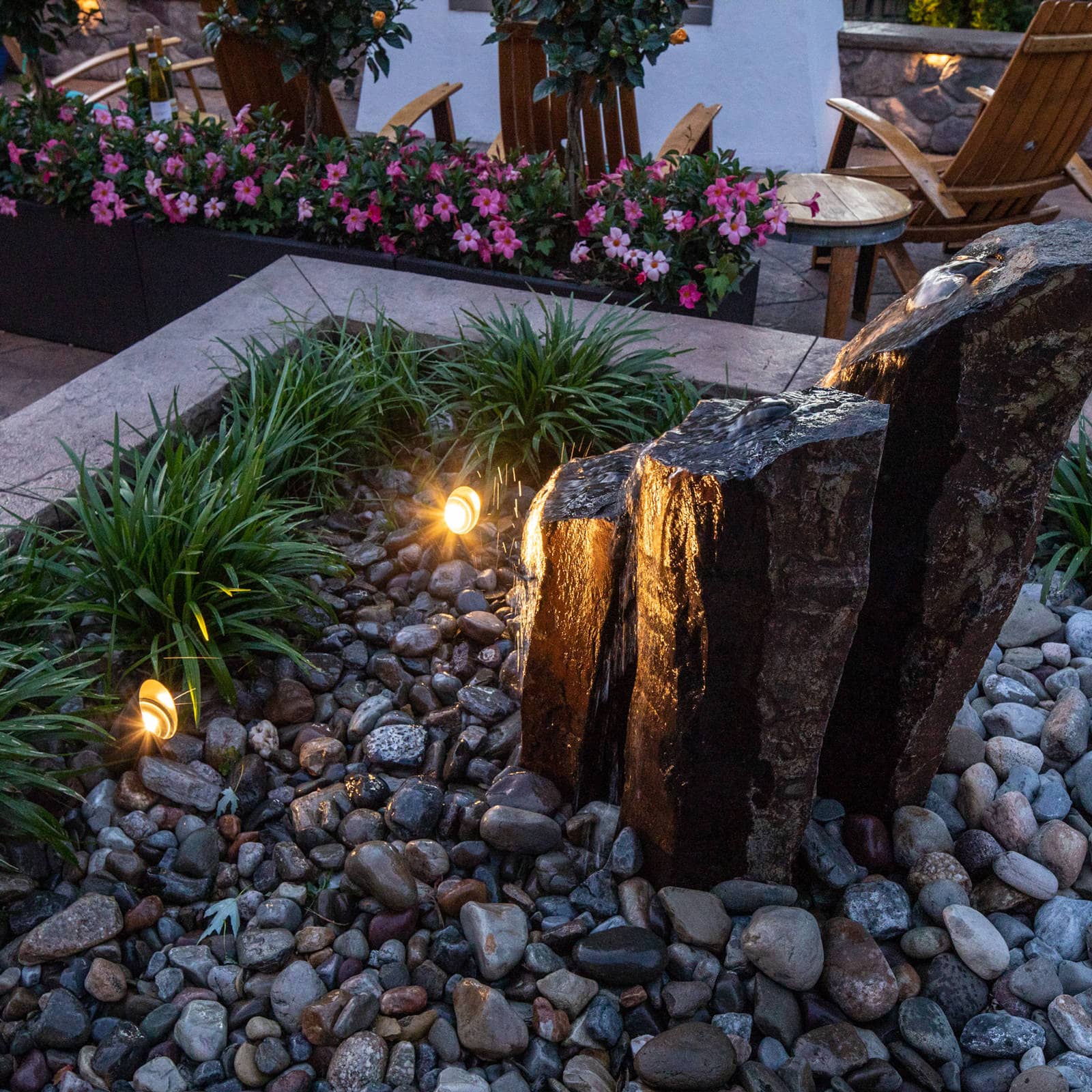Top 5 Examples of What Not to Plant in your Backyard
Posted August 6, 2015 in Blog, General, Landscape Design, Landscape Maintenance, Plant and Tree
There is no greater joy than to get out in the sunshine and get your hands dirty in your own yard. The planning, time, effort and sweat put into your garden and landscaping is super rewarding because you can literally see your successes and feel rewarded. However, there are a few plants and trees that should not be a part of your landscape design. Being aware of these plants and trees will save the pains of planting the undesirables and having to correct any issues in the future. Here are the top 5 examples of what not to plant in your backyard:
Bamboo

Mint
Planting herbs is a wonderful way to add delicious flavor to your food and to save yourself money at the grocery store. If you are growing herbs in your garden, be sure to do a little research before
English Ivy

Leyland Cypress
At first glance, the Leyland Cypress tree is attractive and would seem like a lovely addition to your backyard, but when written down, the cons outweigh the pros by far. 
Mulberry Tree

If you are looking for guidance, knowledge and experience in designing and turning your dream backyard into a reality, contact MasterPLAN Landscape Design. Serving the Poconos, the Lehigh Valley and throughout the Philadelphia areas, we will listen to you and implement all of the must-have aspects into your backyard for you and your family to create memories in for years to come. Reach out to Masterplan to chat about your project, we are ready to transform your yard into your true dream outdoor living space!
Join Our Newsletter
Stay up to date with what is happening with MasterPLAN Outdoor Living.
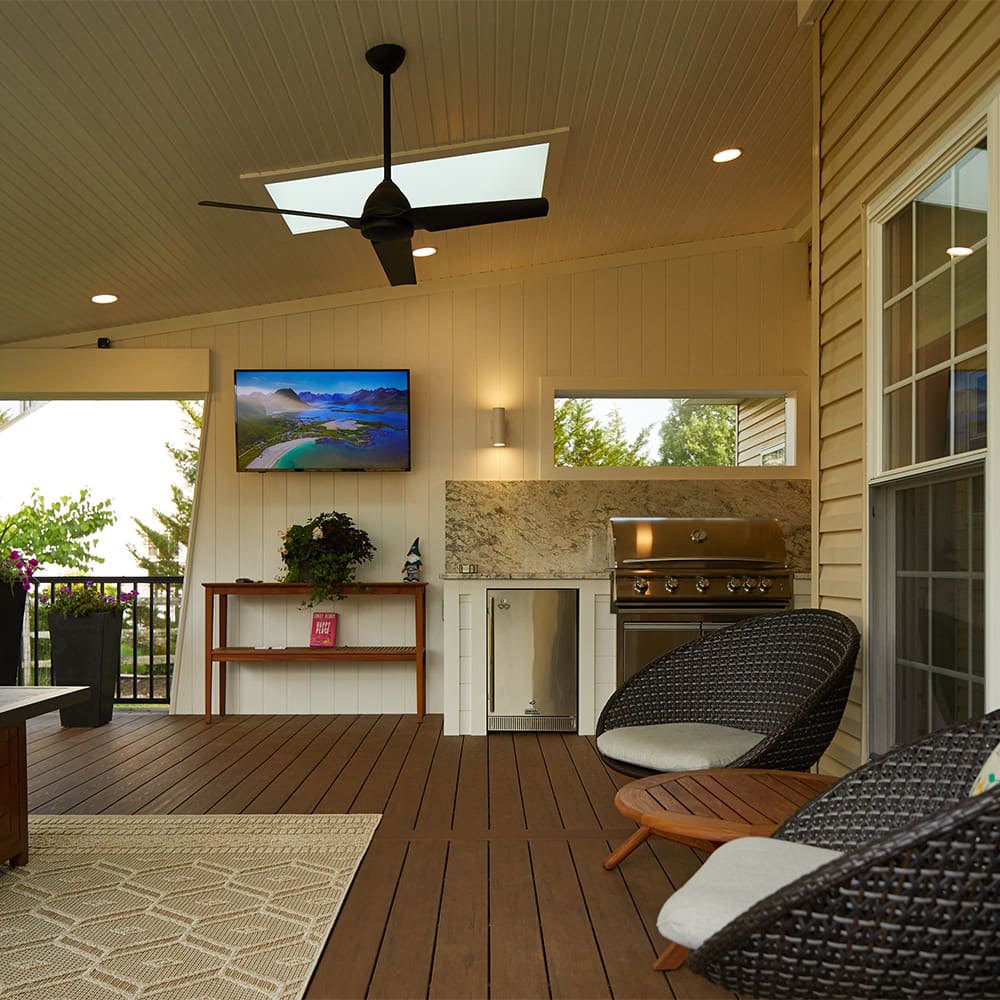
With careful design and planning, an outdoor living space can be beautiful and include several desired features without feeling cramped or overwhelming.
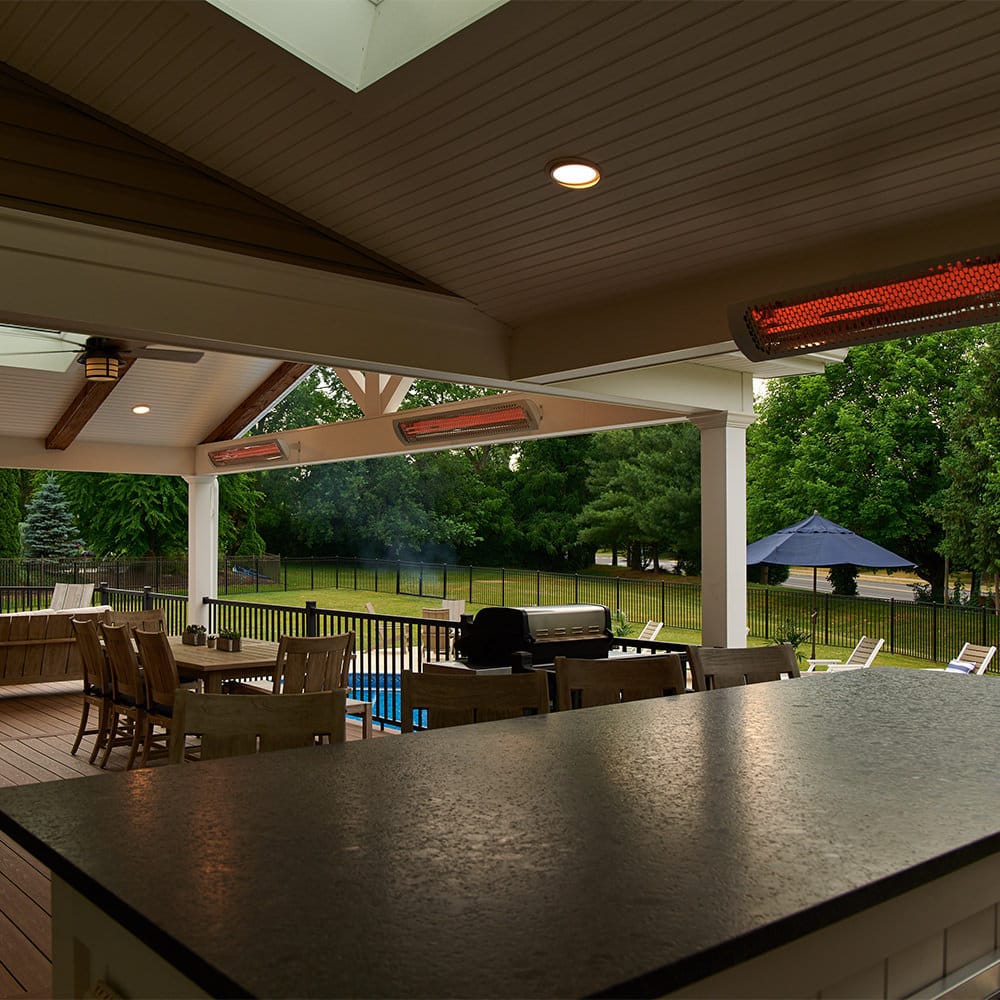
These outdoor infrared Bromic heaters are subtle in sight but very present in function. They provide an even flow of warmth to the bar area as well as the family’s dining table for a more comfortable and enjoyable day.
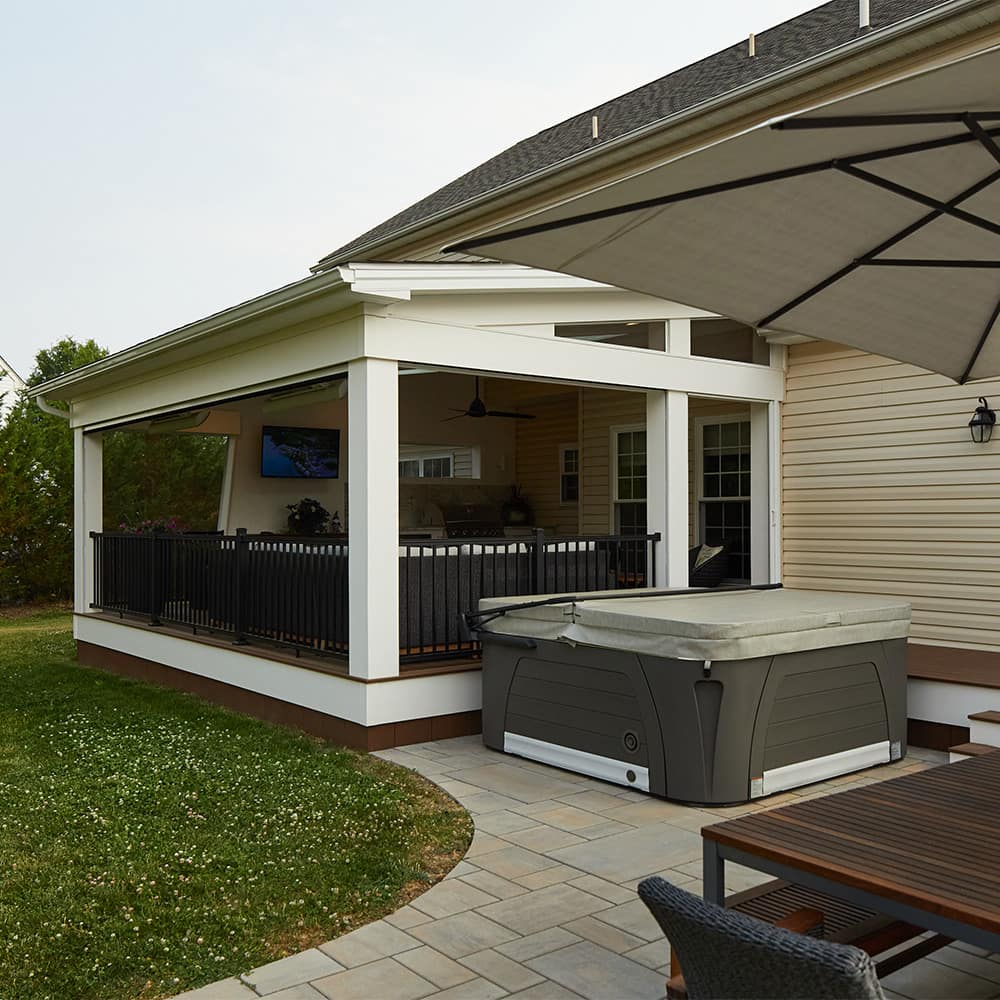
Working with a designer is a truly efficient process. This hot tub in Schwenksville, PA was placed strategically for the deck to act as additional privacy and the deck’s catwalk to provide a way to get in and out of the water!
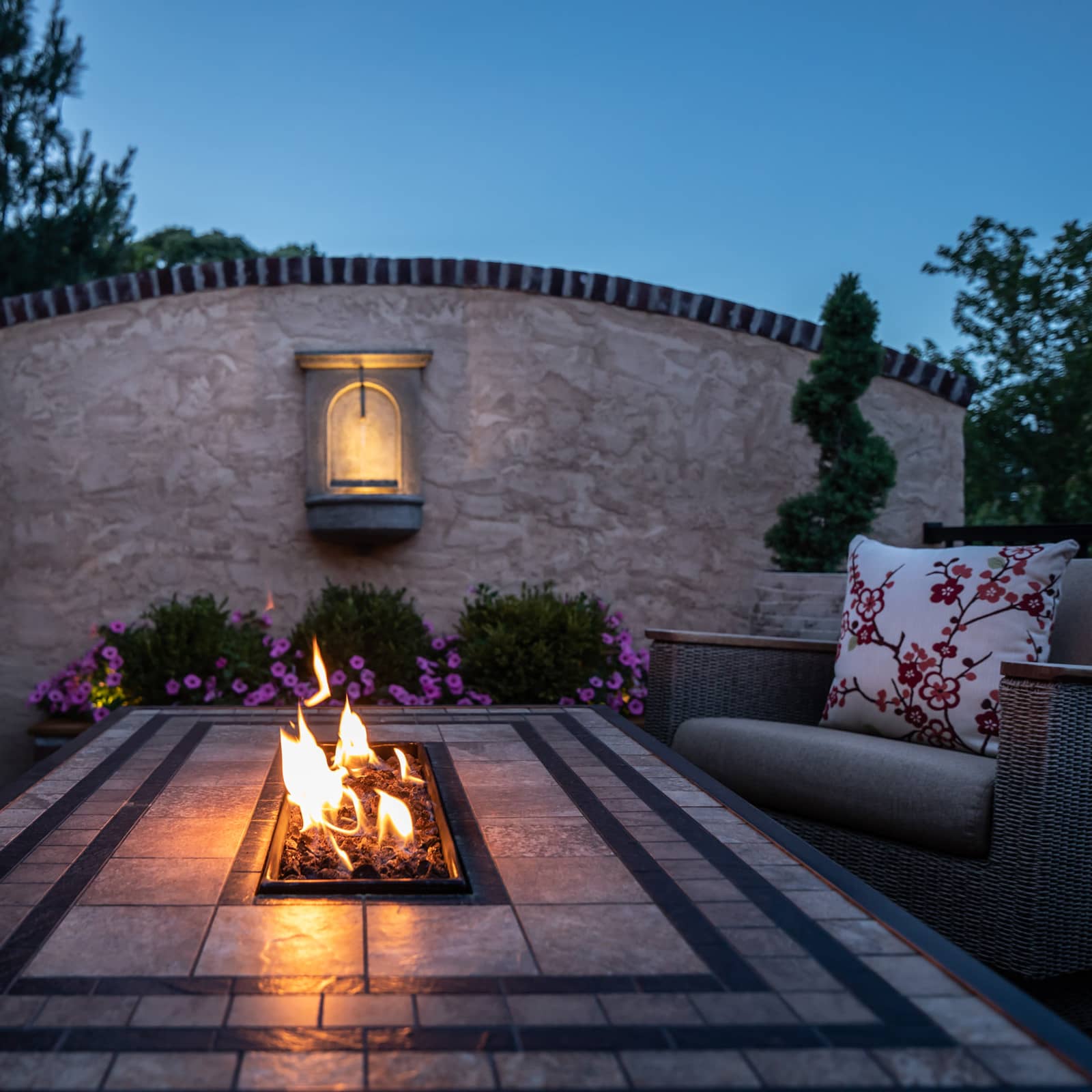
Brick and stucco bring cohesion to this backyard tuscan-inspired feature wall, as these are the materials used in the front of the home!
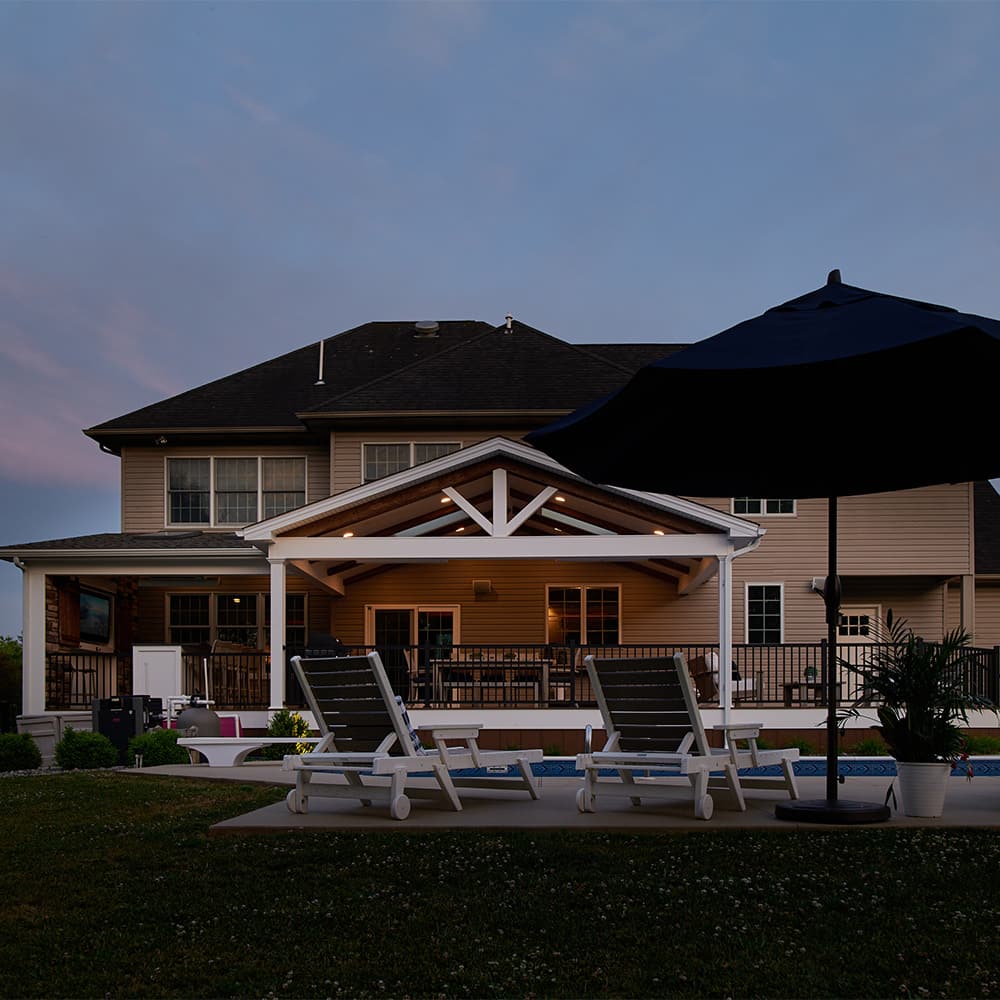
MasterPLAN Outdoor Living’s White Glove Service ensures everything in your project is taken care of for you. Reach out to MasterPLAN today to discuss your outdoor goals and how they can be transformed into your reality!
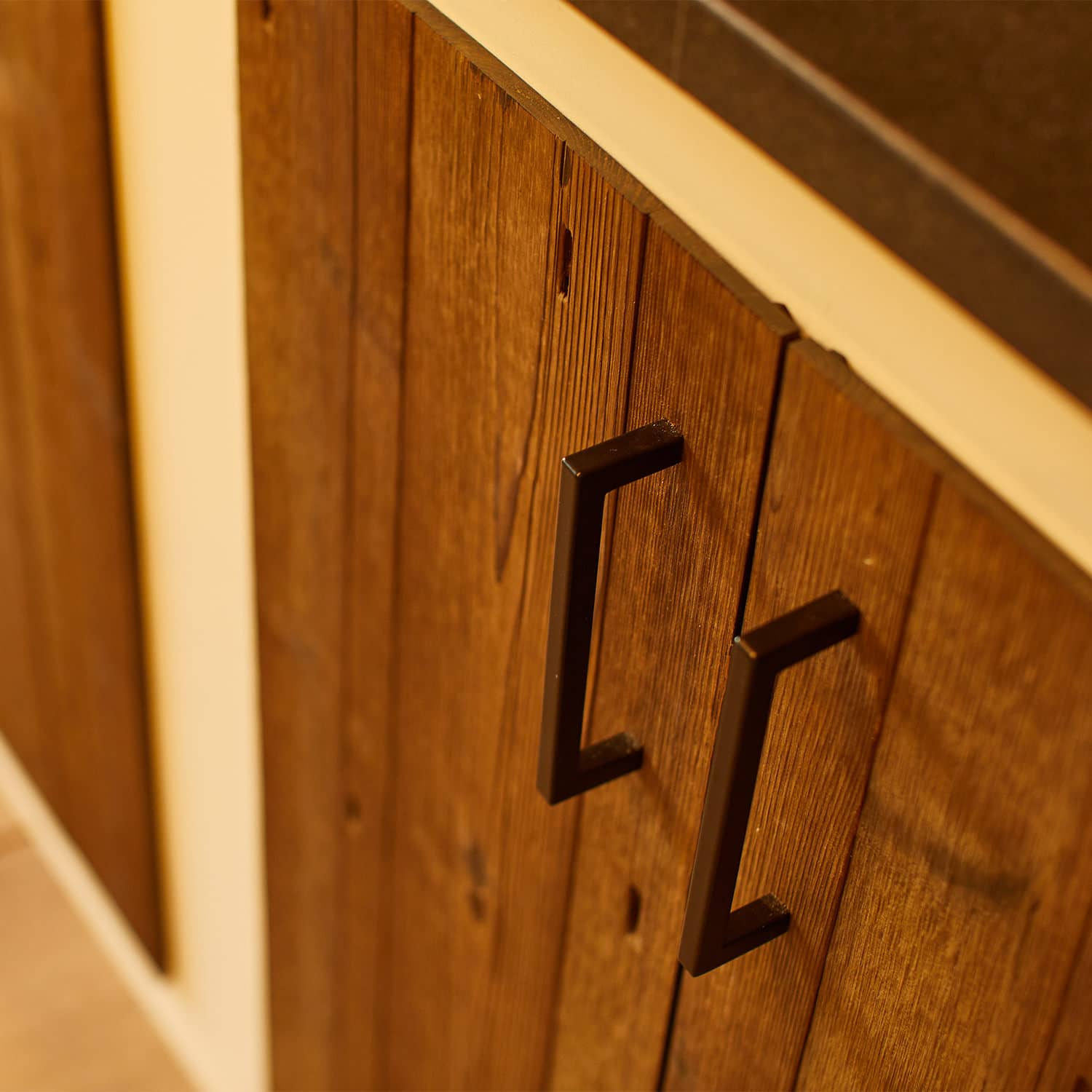
Carefully crafted outdoor living spaces take all elements of a design into consideration, down to the details of every cabinet handle!
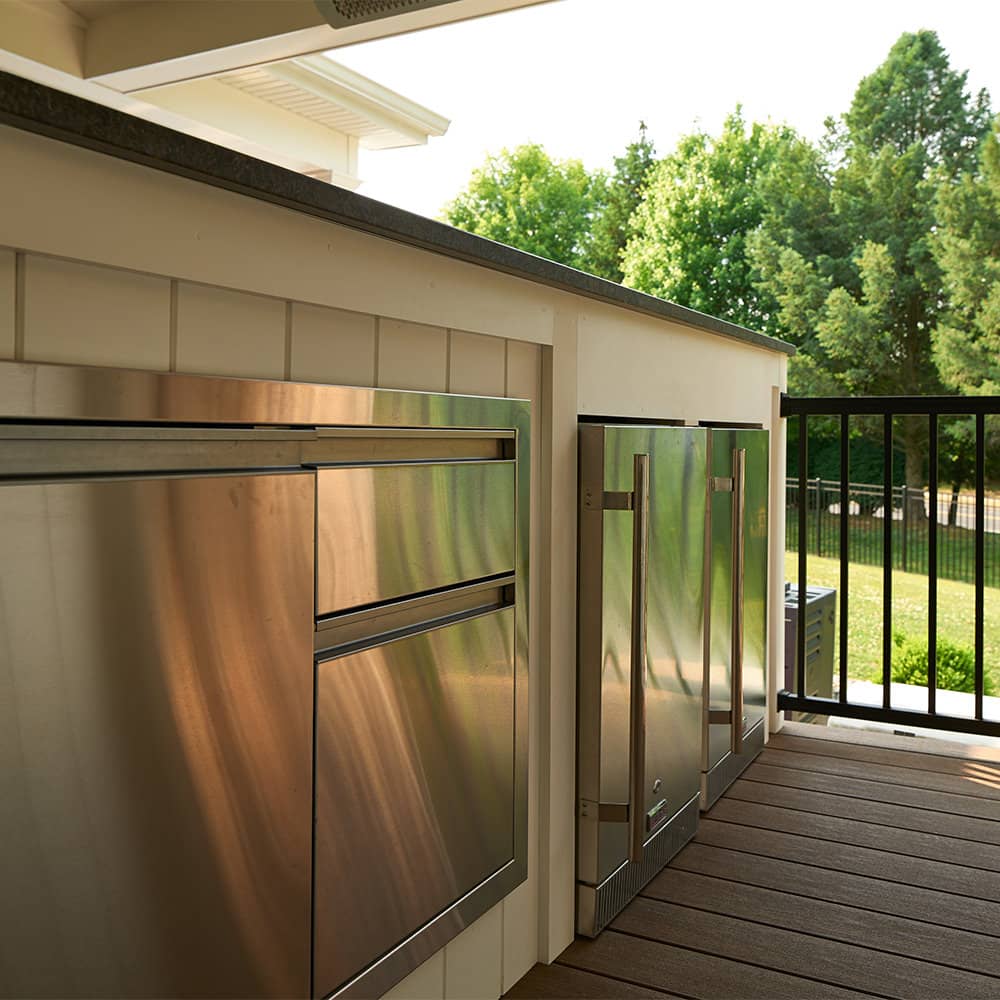
An outdoor kitchen/bar can include as little or as many features as you’d like! Our discovery process will hone in on what makes the most sense for your family, home and lifestyle.

Your favorite vacation spot, right outside your door is truly possible with MasterPLAN!
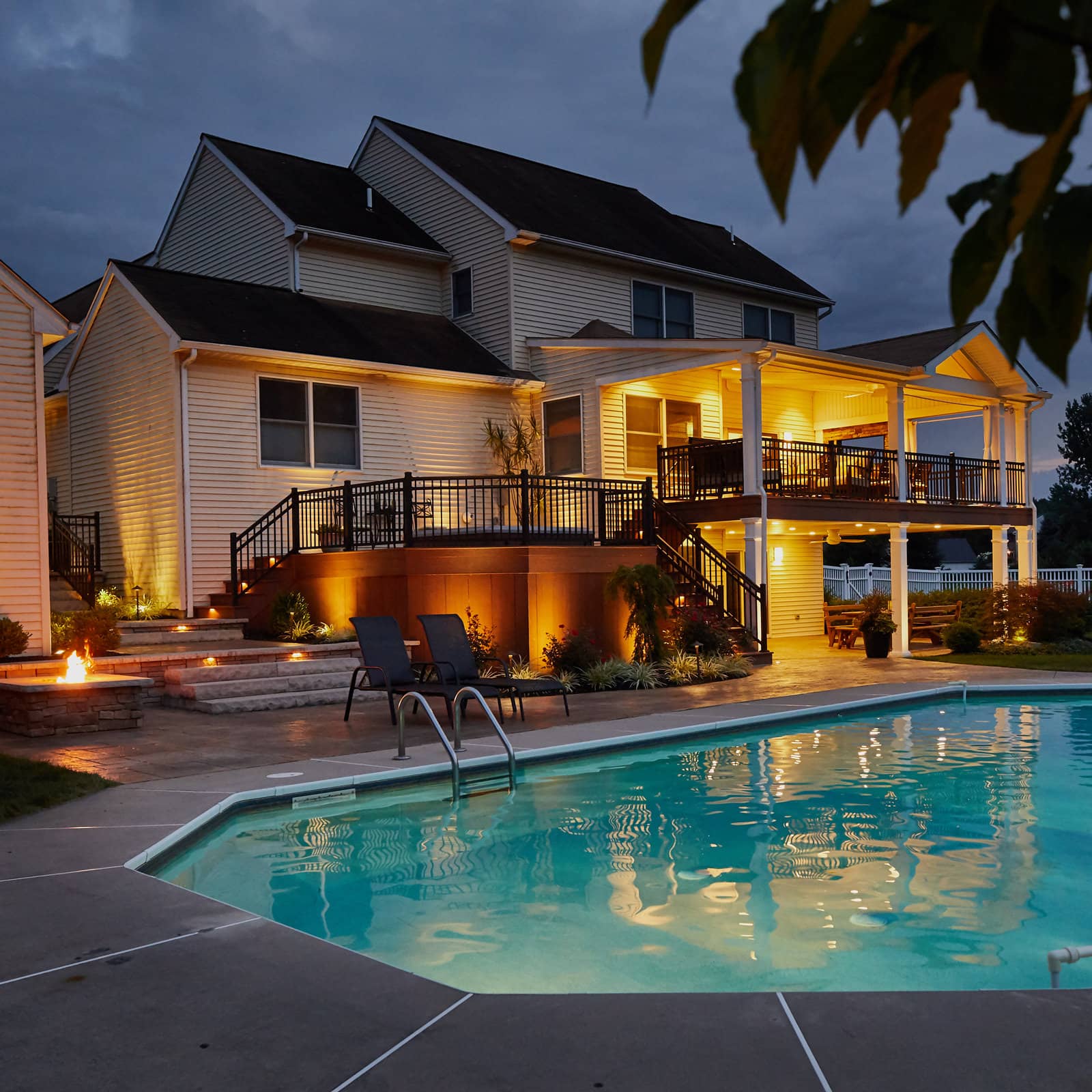
When the sun sinks low, MasterPLAN projects come to life!





